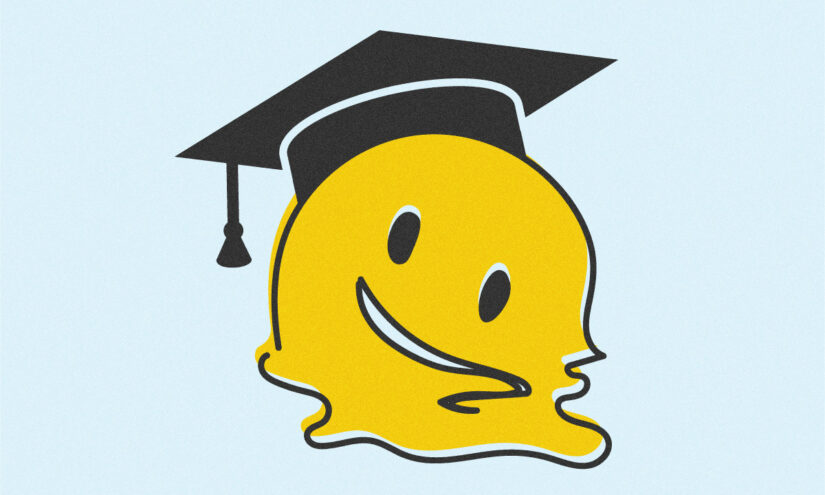During this summer, a team of students from MIT embarked on a journey to the sou …
Survey finds that high schools are losing confidence in their ability to prepare teens for the future
Emma Wordsmith

A recent study revealed that public school educators in high poverty areas tend to evaluate their effectiveness differently than their counterparts in more affluent neighborhoods when it comes to preparing high school students for college and the workforce.
According to a new survey conducted by the National Center for Education Statistics in January, over 1,600 public K-12 schools across the nation, including the District of Columbia, participated. Results showed that 53% of educators in low poverty neighborhoods rated themselves as “very good” or “excellent” in preparing students for college, while the figures were 52% for workforce readiness.
In contrast, educators in high poverty areas scored lower with only 33% indicating effectiveness in college preparation and 43% in workforce readiness.
Founder and executive director of the Aspen Institute College Excellence Program, Josh Wyner, noted that the disparity in self-assessment could be attributed to the post-graduation success rates of students from different socioeconomic backgrounds.
Wyner highlighted the lower college enrollment rates and potential long-term wage differences for students from low-income families compared to their more affluent peers.
Offering advanced coursework such as Advanced Placement and dual enrollment programs could potentially improve the perception of educators in preparing high school students for their future endeavors, according to the study.
The survey, a part of the NCES School Pulse Panel tracking the impact of the pandemic on public education, utilized a five-point scale ranging from “poor” to “excellent” for educators to assess their preparation of high school students for college and the workforce.


